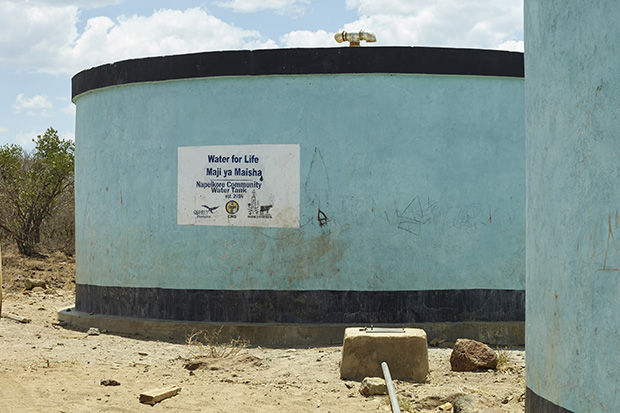Access to safe, clean drinking water and sanitation is a basic human right. Globally, wide ranging successes and reforms has been achieved in making this a reality, including the adoption of the Sustainable Development Goals. Goal 6 seeks to ensure availability and sustainable management of water and sanitation for all.
Despite the progress, available statistics from UN agencies shows that 2.1 billion people lack access to safely managed drinking water services. Additionally, water scarcity affects four out of every 10 people. In light of the projected increase in the frequency and intensity of disasters associated with climate change – combined with a host of social and economic factors – it is anticipated that the number of our neighbors facing water scarcity worldwide will definitely increase.
We are already seeing intensified competition over scarce water resources in some parts of Africa. This has profoundly compromised pastoralism and small scale agriculture as a forms of rural livelihoods. Vulnerable populations have been further exposed to a vicious cycle of famine, endemic conflicts and severe poverty. These groups will be in need of humanitarian assistance for decades or, in some areas, generations to come.
In the drylands of East Africa, though, water scarcity no longer seems to be an impediment to development for communities participating in the CWS Water for Life program. Instead, it serves as an inspiration. Communities have invented innovative solutions that are progressively transforming communities. So how does this work in practice?
At the core of our Water for Life approach is the commitment to increase the supply of potable, or drinkable, water to families and communities. We work to ensure that more families have the water they need to at least meet minimum needs for domestic consumption and hygiene. We also help go above the minimum to improve availability of supplemental levels that help facilitate livelihood-related activities such as animal-husbandry and small scale agricultural irrigation.
We also work to increase the number of viable water sources within each community to at least two. This helps protect them from water shortage crises, as well as reduce conflicts among various users.
There are a few other elements that help holistically improve water access and management in these drylands. We help community members build their knowledge of and capacity to manage water and water-related environmental resources. This helps ensure that water systems become more sustainable and communities become more directly engaged in the effective management and non-discriminate provision of water to their own populations, as well as more sustainable management of their natural resources and local watersheds. Lastly, we work to increase government recognition and support for community-based water and water-related development initiatives within targeted communities. This empowers local advocacy networks and supporting communities to successfully advocate for government funding of follow-up community development plans by leveraging CWS-invested water development funds.
A significant milestone of the program, which launched in 2008, was the recent external evaluation. The evaluation affirmed our effectiveness in empowering water stressed communities to sustainably harness water resources to generate both shared and long-term prosperity, and reducing the disparities that for far too long, have stood in their way of meeting their basic needs. The evaluation findings continue to shape our strategic direction in enhancing access to water, including the development of WASH knowledge management materials.
Thank you for your continued partnership and support in enhancing access to water and sanitation among the water-stressed communities of East Africa.
Caleb Wafula is the Information Specialist with the CWS Africa team.


